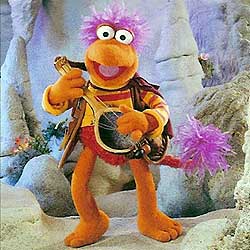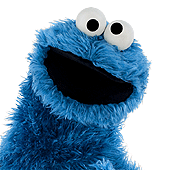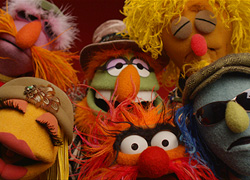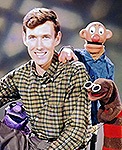minor muppetz
Well-Known Member
- Joined
- Jun 19, 2005
- Messages
- 16,058
- Reaction score
- 2,645
It seems like while many different companies have contributed to different animation segments over the years, during the early years a lot of animation was done by the same company, or at the very least in the same style.
In the first season most animated bits had the style of only characters, character clothing, and neccessary props being drawn and colored. Examples include the Speech Balloon segments, Alice Braitwaite Goodyshoes, the alphabet soup fisher boy segmnet, some letter "commercials" (for D, J, and other letters), and so on. I think parts of the Jazz Numbers series was also like this (though those cartoons also had amny shots with more background colors). But otherwise the segments had plain white backgrounds, and I don't think any ground or floors were drawn.
Does anybody know whether all these were done by the some company/ animators? Of course the early style was used for some post-1969 segments, like the cartoon where a man uses a lower-case q as a hatrack, or the cartoon where a man interviews gthe letter N, or some cartoons in the Detective series, or Bud Luckey's cartoons, and so on.
In the first season most animated bits had the style of only characters, character clothing, and neccessary props being drawn and colored. Examples include the Speech Balloon segments, Alice Braitwaite Goodyshoes, the alphabet soup fisher boy segmnet, some letter "commercials" (for D, J, and other letters), and so on. I think parts of the Jazz Numbers series was also like this (though those cartoons also had amny shots with more background colors). But otherwise the segments had plain white backgrounds, and I don't think any ground or floors were drawn.
Does anybody know whether all these were done by the some company/ animators? Of course the early style was used for some post-1969 segments, like the cartoon where a man uses a lower-case q as a hatrack, or the cartoon where a man interviews gthe letter N, or some cartoons in the Detective series, or Bud Luckey's cartoons, and so on.

 Welcome to the Muppet Central Forum!
Welcome to the Muppet Central Forum! Back to the Rock Season 2
Back to the Rock Season 2 Sesame Street Season 54
Sesame Street Season 54 The Muppets Mayhem premieres
The Muppets Mayhem premieres Bear arrives on Disney+
Bear arrives on Disney+ Sam and Friends Book
Sam and Friends Book